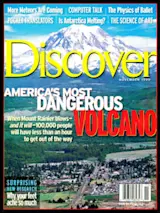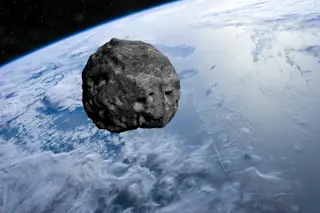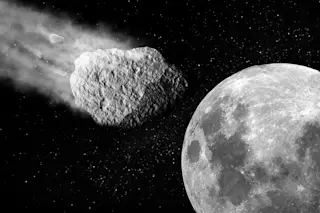Circle November 17 on your calendar. It's show time for nature's most tantalizing sky event, the long-awaited Leonid meteor storm. You just might see the greatest cosmic spectacle of your life: a sky set ablaze by a fusillade of shooting stars. Then again, you might observe no more than an occasional streak of light zooming by every few minutes.
The unpredictability of the Leonids illustrates how difficult it is to anticipate exactly where anything in space will be at any time in the future. Most people imagine that the heavens operate with clocklike precision. But centuries ago, Isaac Newton discovered that his neat orbital calculations only worked perfectly when figuring the movement of two celestial bodies. Add just one more, and the motions get so complicated we can only approximate them. Recent computer simulations show that our solar system is full of chaos.
The situation is especially confusing for small ...














